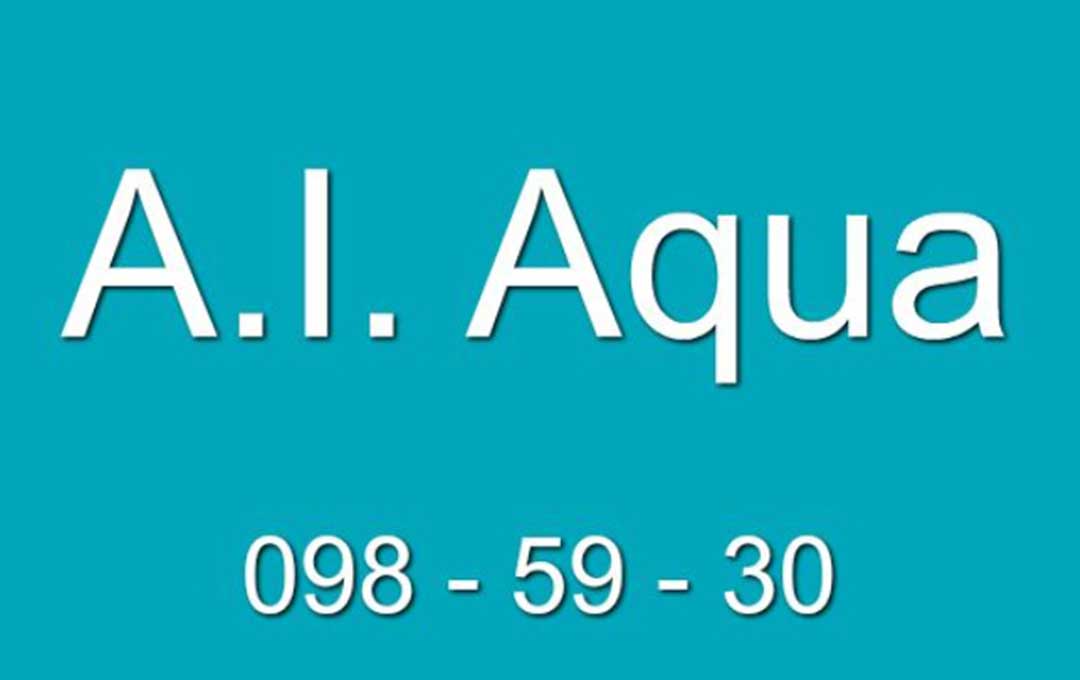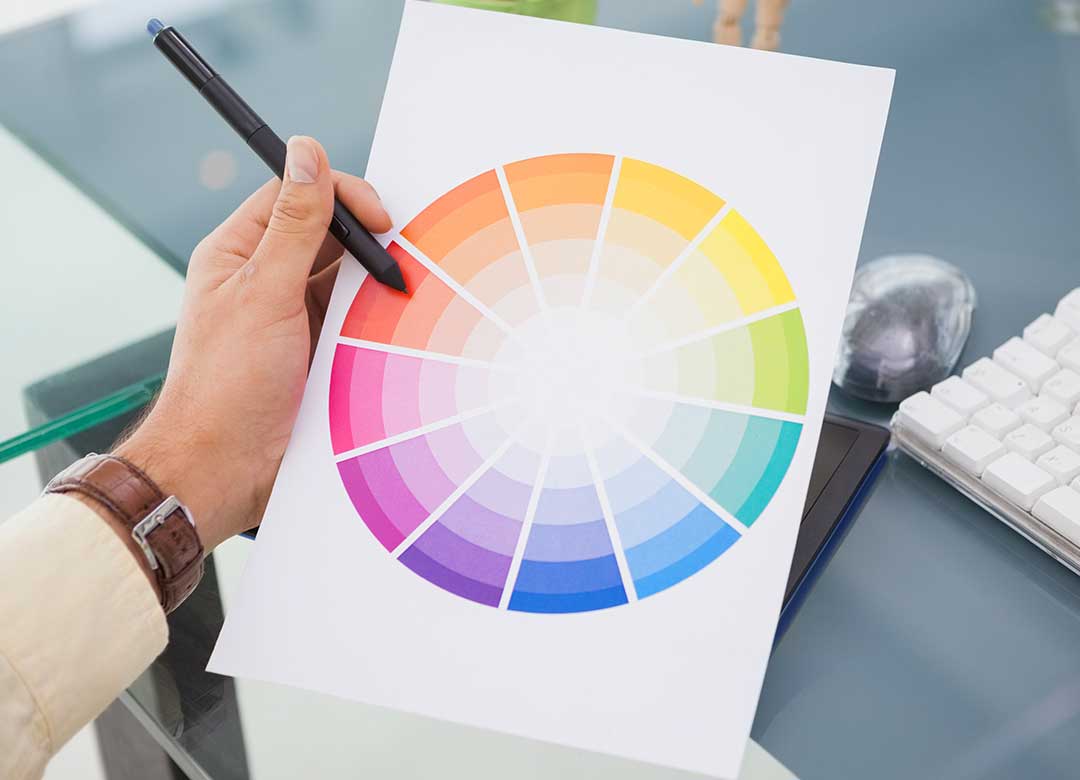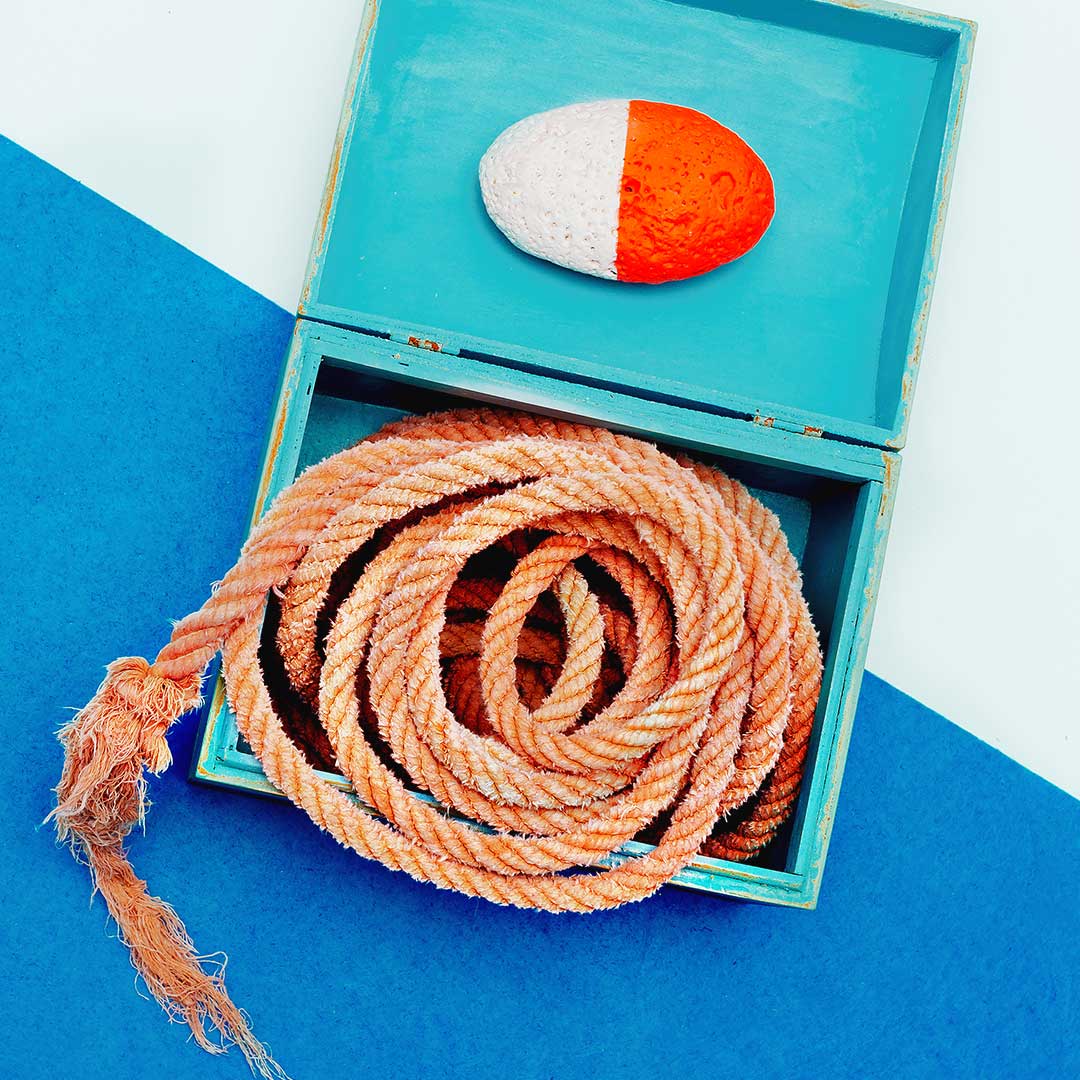How Essential is Color Psychology in Marketing and Branding Your Website?
In content marketing, color is an emotional hint.
In a big space of content marketing, color can assist yours stand apart.
Human beings are aesthetic creatures, so artistic; actually, that color plays a much bigger function in affecting what we acquire than we may think.
There’s a factor business examines the colors of things like advertisements, banner ads, and call-to-action (CTA) buttons. When a button color test was performed, the result showed that a red CTA switch surpassed a green CTA switch by 21%.
Simply put, the rise of conversion price occurs without altering anything about the web page except the color of the CTA. It is known as the power of color psychology in marketing.
That is why we should come to know exactly how essential is color psychology in marketing and branding your website?
Color psychology is the research of how colors influence assumptions and actions. In marketing and branding, color psychology focuses on how colors affect consumers’ impressions of a brand and whether or not they encourage customers to consider specific brands or purchases.
It’s a vital field to take into consideration when producing marketing properties, developing a brand-new business, or rebranding an existing one.
Easily use google-color-picker to explore the tone variations!
Consider this: In research labeled “Impact of color on marketing,” scientists found that approximately 90% of breeze judgments made concerning items can be based upon color alone.
Let’s explore the ways color psychology plays a role in marketing, with a quick vocabulary lesson and an aesthetic guide within this short article:
- Color psychology in marketing
- The recognize-it all guide of color psychology in marketing
- The challenges with the psychology of color in marketing and branding
- How to make functional choices about color in your marketing and branding
- The right color is perfect for your brand
- The right color interest your audience
- The ideal color shows off your brand’s character
- The right color groups and distinguish your brand
- The different Colors Psychology list
Ready to become an expert? Let’s jump in!
What is the color for 2021?
Aqua (Artificial Intelligence)
This will be the color of the Year in 2021 with code:

Color Psychology in Marketing and Branding
The simple truth is there are no particular color selection guidelines for your brand. While it would certainly be nice to be able to consider an infographic and make the ideal choice, the truth is that the response to “What colors are right for my brand?” is always “It depends.”
It’s an irritating answer, yet it’s the truth. The context you’re working within is a crucial factor to consider. It’s the sensation, mood, and image that your brand or product develops that matters.
People do not react the same way to colors, as we all have previous experiences with colors from significant events, individuals, memories, and societies. However, there are a few abstract principles concerning accurately how people respond to color, which we’re likely to consider.

- The Color Psychology of Red
Red is a potent, vibrant color that shows our physical needs, whether to show love or to portray fear, survival, and terror. Red is additionally a very stimulating color that can represent friendliness and strength; however, it can additionally be demanding and show aggressiveness depending on its context.
- The Color Psychology of Green.
Green is a color of balance and consistency. It offers us a clearer sense of right from wrong, given that green includes both rational and psychological equilibrium.
Green is among the most-seen colors in nature that mirror life, remainder, and tranquility.
Green is also an indicator of development, whether in a physical object like plants or our wealth.
Green is generally seen: Nature, financial exchange, health-based stores, and dining establishments.

- The Color Psychology of Orange
Orange has a very intriguing psychological definition as it incorporates red’s power and energy with yellow’s friendliness and enjoyment. The mix makes orange a great representation of physical convenience in our food, shelter, and warmth.
Orange is additionally recognized to be a color of inspiration, lends a positive perspective, and basic interest for life. Overall, orange is excellent for bringing convenience in bumpy rides and producing a sense of fun or freedom in your visuals.

- The Color Psychology of Yellow.
Yellow is the epitome of pleasure, happiness, exhilaration, positive outlook – you call it. Anything delighted is generally yellow. The wavelength of yellow is particularly long, making it among the most effective emotional definitions, while likewise being the most convenient color to see noticeably. Did you know yellow is the initial color infants respond to?
- The Color Psychology of Blue.
Blue is understood for its count on and dependability. It’s trusted, liable, and psychologically soothing. Because of that alone, it’s one of the most-liked colors throughout the whole world.
Unlike red, blue provides a more mental reaction instead of physical that allows us to destress, calm down, and think about one of the perfect scenarios. It also is one of the last colors to be seen and can be perceived as distant, cold, or hostile if used in great quantities.
Blue is commonly seen: Workout healthcare facilities, spas, and centers.
- The Color Psychology of Brown.
While maybe not the most aesthetic stimulating color, Brown is a terrific indication of a framework, defense, and safety and security. Whether it is family members, good friends, and material ownerships, brownish offers constant support.
It’s also an extremely significant, down-to-earth color you can use where black could be as well intense. The downfall to brownish is that it’s the best color and can seem scheduled, set up, and boring. In general, utilize it when necessary.
Brown is generally seen: Campgrounds, decor, and coffeehouse.
- The Color Psychology of Purple.
Purple is most generally known for its creativity and spirituality. It has the power and power of red, with the stability and integrity of blue, making it a perfect equilibrium between the physical and spiritual. Purple is usually utilized to reveal high-end, commitment, guts, secret, and magic.
It’s a very intriguing color as it relieves; however, it likewise offers an area for mystery and new ideas. It is why creative thinking is frequently associated with the color purple. When using purple, avoid using it too often as it can also create too much introspection or disturbance as thoughts begin to question.
Purple is commonly seen: Magic shows, fairy tales, and luxury items.
- The Color Psychology of Pink.
Pink is a softer, much less intense version of red that produces a sense of compassion and genuine love. While it’s an extremely physical color, it relieves as opposed to stimulates, making it an excellent color for caring, understanding, and nurturing those in need.

- The Color Psychology of Black.
Black is a color of refinement, control, independence, and seriousness. Black is an extremely scheduled color that completely does not have any type of light, as it’s an absence of all the colors. For this reason, black is a wonderful color for high contrast and simple readability.
Black has commonly seen: Professional clothing, luxury items, and limos.
- The Color Psychology of Gold.
Gold has many various definitions relying on your culture. However, across the globe, gold consistently represents some variant of appeal, treasure, luxury, and self-confidence. It likewise can have an element of friendliness, abundance, and success that is naturally appealing.
Way too much gold, nevertheless, can appear egotistical, happy, and self-righteous. Similar to colors like brownish and black, try to make use of gold much more sparingly to highlight rather than the basic attraction.
Gold is commonly seen: Luxury rings, prizes, and products.
- The Color Psychology of White.
White is a color that is full and pure, making it an ideal instance of purity, tranquility, innocence, and cleanliness. Considering that white has an equivalent balance of all the colors, it can exhibit numerous meanings, with equal rights exceeding them all.
How to Make the Right Choices Regarding the Color in Your Marketing and Branding
Within this context, there are 4 components you need to put into consideration.
1. The right color is perfect for your brand
The relationship between brands and color depend upon the perceived suitability of the color is made use of for the particular brand.
In other quarters: Does the color fit what’s being sold?
2. The right color interest your audience
One of the most intriguing assessments of color psychology is regarding gender.
One’s atmosphere, particularly cultural assumption, plays a strong function in dictating color appropriateness for sex, which, consequently, can affect specific color preferences.
Males normally favor bold colors while women like softer shades when it comes to tints, tones, and colors. Guys were more likely to pick shades of colors as their favorites (shades with black included), whereas ladies are extra responsive to tints of hues (colors with white added).
3. The ideal color shows off your brand’s character
While certain colors do generally align with distinct traits. For instance, brown with ruggedness. Almost any academic report on colors and branding is sure to educate you that it’s even more vital for colors to support the character you intend to represent instead of trying to line up with stereotyped color associations.
4. The right color groups and distinguish your brand
Our brains choose a quickly recognizable brand, which makes the color a crucial component when producing brand identification.
New brand names need to pick colors that guarantee differentiation from established rivals.
What are the latest blogging trends? Sit and be ready, many in 2020 / 2021
Conclusions
Color as a whole is remarkable to study, from both a concept and psychological viewpoint.
When it involves selecting colors, you must go through a “test” procedure.
You can not know how your target market will respond to your colors in your content and format without creating thoughtful A/B examinations to establish which color mixes and placements produce one of the most leads and traffic in your content.

Questions and Answers Section
How does color affect marketing?
When used in marketing, for example, different colors can influence the way buyers regard a brand in ways that aren’t always apparent, such as how certain shades can boost appetite.
How Can I Start My Website Planning in 20 Minutes? (The relevant steps)
What do Colors mean in branding?
As a brand, you wish to grow a solid emotional link with your consumers.
The trouble is you can’t tell your business’s entire life story in a logo or shop.
However, branding colors offer a faster way right to your clientele’s hearts.
What is the psychology of color?
Color can play a crucial duty in sharing details, developing specific moods, and influencing the choices people make.
Color choices also affect people’s decision to select objects to purchase, the garments they use, and the way they embellish their atmospheres.
Was this article helpful?
How to draw people’s attention to click the button on your CTA?
How to attract individuals to read your pop-up visuals?
Will they notice your email registration box?
Please comment on your perspective on how to make use of color psychology more effectively!













